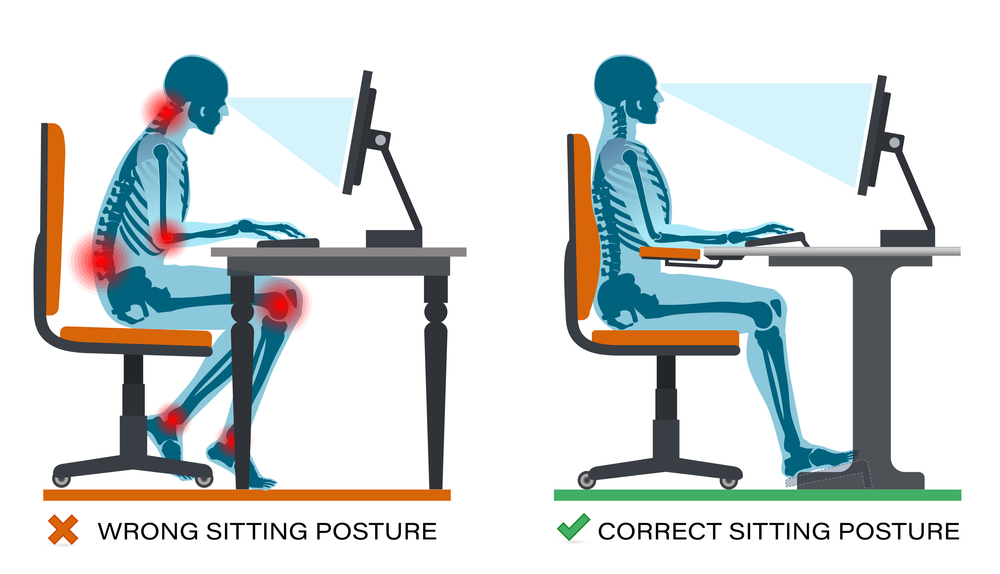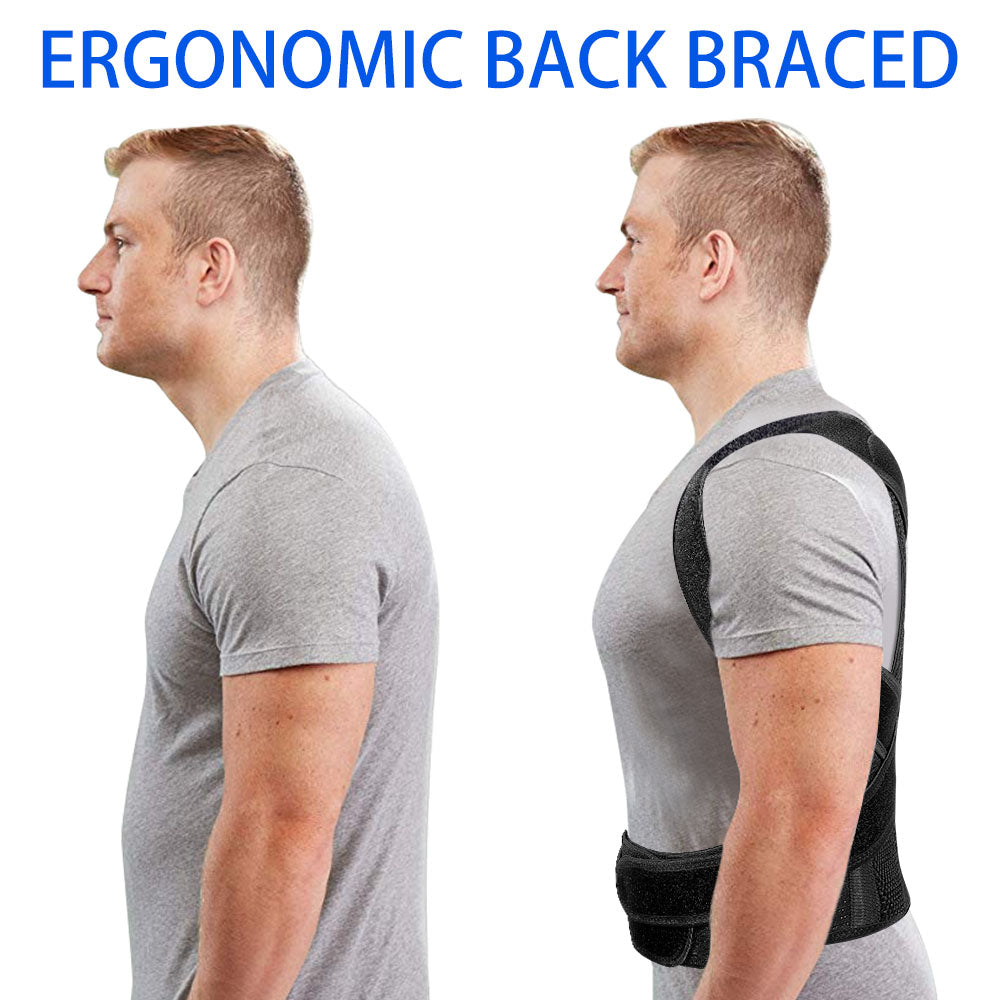
Having good posture is essential for maintaining a healthy spine and preventing back pain. In this guide, we will explore different types of back postures and their implications on overall health.Click to find more about back posture types.
The Different Types of Back Postures

There are several common types of back postures that individuals may exhibit. These include kyphosis, lordosis, scoliosis, and flat back posture.
Kyphosis refers to an excessive rounding of the upper back or hunchback appearance. Lordosis is characterized by an exaggerated inward curve in the lower back. Scoliosis involves a sideways curvature of the spine, often resulting in an uneven shoulder or hip alignment. Flat back posture occurs when there is a loss of natural spinal curves, leading to a flattened appearance.
The Pros and Cons of Each Posture Type
Each type of back posture has its own set of advantages and disadvantages:
– Kyphosis can provide stability to the upper body but may lead to breathing difficulties or neck pain if severe.- Lordosis helps distribute weight evenly through the spine but can cause lower back pain or discomfort.- Scoliosis may not always cause symptoms but can result in muscle imbalances or spinal deformities if left untreated.- Flat back posture provides better balance during activities like standing but can contribute to stiffness or limited mobility.
Fivali: An Innovative Solution for Improving Posture
Fivali is a specialized device designed to help correct poor posture habits effectively. It works by gently reminding users to maintain proper alignment throughout their daily activities.
This wearable technology offers real-time feedback on your posture and encourages you to make necessary adjustments. By using Fivali consistently over time, individuals can gradually improve their posture and reduce the risk of developing back pain or related issues.
Knee Clicking and Pain When Walking: A Related Concern
In addition to back postures, some individuals may experience knee clicking and pain when walking. This issue can be caused by various factors, including muscle imbalances, joint misalignment, or overuse injuries.
It is important to address knee clicking and pain promptly as it may indicate an underlying problem that requires medical attention. Consulting with a healthcare professional or physical therapist can help identify the root cause of these symptoms and develop an appropriate treatment plan.
Conclusion
Understanding different types of back postures is crucial for maintaining optimal spinal health. While each posture type has its own pros and cons, it is essential to prioritize good posture habits to prevent discomfort or long-term complications. Additionally, addressing related concerns such as knee clicking and pain when walking ensures comprehensive care for your musculoskeletal system.
